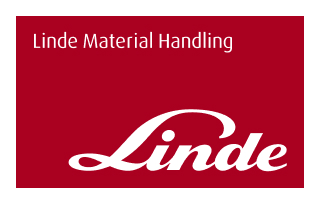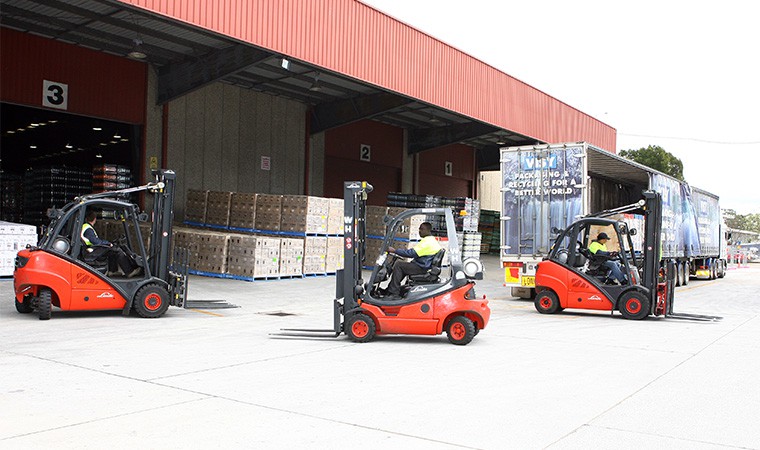- Blog
- News


A Linde forklift has proved to be 32% more fuel efficient than the equivalent top-selling competitor model in a direct comparison test conducted by a major Australian logistics company. The testing was carried out recently over several weeks at the Yennora, NSW warehouse of AWH, the diversified group which grew out of the former Australian Wool Handlers organisation.
AWH now provides storage, handling and inventory management services for a vast array of general, bulk or containerized products for import, export and domestic distribution. The company’s logistics arm operates a material handling fleet of almost 200 vehicles at 15 facilities spread around all mainland states. It relies on Linde forklift equipment in most locations, but decided to run the fuel efficiency test at its Yennora complex where another brand of forklifts are in use.
A Linde forklift has proved to be 32% more fuel efficient than the equivalent top-selling competitor model

Apart from supplying the forklifts tested (a competitor’s 2.5 tonne counter balance model and a 2.5 tonne Linde H25T 392 forklift) neither material handling equipment company was involved in the comparison. “The testing was all done by AWH,” Linde NSW Key Account Development Manager, Simon Brocklehurst said. “Their methodology was to weigh each forklift’s gas bottle before and after each shift, with the aim of calculating hourly LPG usage figures over a lengthy period of typical use. The forklifts at Yennora are fitted with bale clamps and are used for loading and unloading wool bales from trucks and containers. It was a good site for the comparison test. The drivers are busy all the time, but the warehouse floor condition and layout are excellent for gas forklifts. Throughout the test period from late July to early August one operator was assigned first to one forklift and then to the other, logging 72 hours on the Linde forklift and 64 hours on the competitor.”
AWH’s records showed that the competitor’s fork lift used 191.50 kilograms of LPG over 15 shifts, the equivalent of 2.99 kilograms per hour. Over its 15 shifts in the hands of the same operator, the Linde forklift used just 147 kilograms of LPG while performing the same roles. The results of the testing repeat the findings produced by independent global testing organisation TUV Nord, which relied on a combination of comparative published data and independent testing.
In addition to demonstrating increased fuel efficiency, those tests showed Linde gas powered forklifts were up to 22 per cent more productive than their nearest competitor. The TUV Nord findings were also based on the performance of the highly acclaimed Linde 2.5 tonne capacity H25T counterbalance forklift.
At the conclusion of the comparison testing, it was possible to calculate the potential LPG cost savings which Linde forklifts would achieve at the AWH Yennora facility. Based on typical average use of 112 hours per month, the savings amounted to $151.28 per forklift per month. This figure was based on a conversion figure of one kilogram of LPG being equivalent to 1.86 litres and assumed an LPG cost of $0.76 per litre. “From Linde experience around the world, we know the advantages that our forklifts offer,” Simon Brocklehurst said. “That’s why we encourage every business to devise their own comparison test and discover the fuel savings which are possible. The AWH test was purely designed to calculate fuel costs, but of course with Linde’s hydrostatic drive, there are also faster change of direction and cycle times, so productivity is boosted on that front too. Feedback from the test driver and others who tried our forklift at Yennora was that it offered a big step up in operator comfort, which can also be a major contributor to productivity and safety.”
For more information on how Linde can help your business, contact Linde Material Handling today.